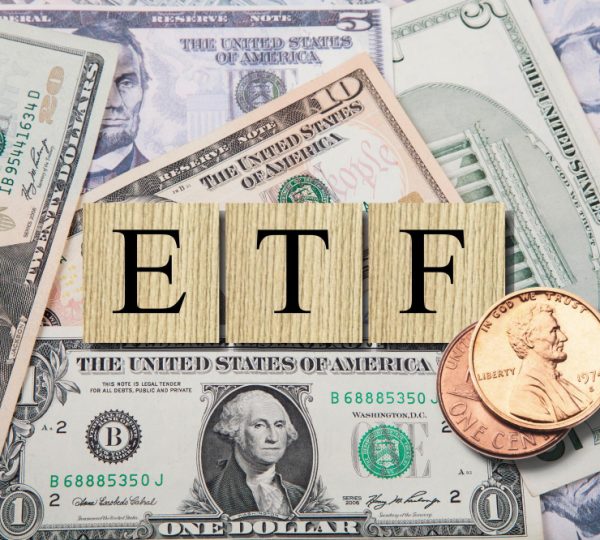The Insurance Industry—the Inflation Transition of 2022

Is there light at the end of the symbolic tunnel of 2020–2021? At least from an investment perspective, it’s beginning to feel like that path for a lot of us insurance clients; not that 2021 was without main challenges and variability or that 2022 won’t present new risks (including the rapidly spreading Omicron variant of COVID-19), but that there appears to be a sense of guarded optimism going into the new year that hasn’t been present since early 2020.
The COVID-19 issue has energized the global insurance sector in numerous ways, forcing insurers to rethink every element of their operations. We’ve seen an increase in insurer demands for strategic asset allocation studies, a surge in demand for practical ideas to improve ESG integration more widely, and a rising need to address environment-related risks and opportunities. Insurers have also focused on all types of risk capital, both regulation and rating agency-driven, to optimize their portfolios. Finally, the industry is dusting up its inflation protection blueprints in preparation for the impending prospect of more significant inflation.
Transition 01 – Inflation
As a result, the 2022 prognosis for global insurers is organized around three big themes: 1) Inflation; 2) Capital; and 3) Environmental, Social, and Governance, keeping in mind that none of these concerns lend themselves conveniently to “one-size-fits-all” solutions because no two insurers are precisely similar.Concerns about rapid inflation have not defined any of the economic crises that have occurred during the last three decades. For example, the average yearly rate of rising in the US Index of Consumer Prices (CPI) was 2.4% from 1990 to 2020, from a 7% operating margin in 1970s or 6% in 1980s. Let’s quickly forward more to 2021: According to the US Bureau of Labor Statistics, the 12-month change in the CPI reached 6.2% as of 31 October (not seasonally adjusted), with inflation worries continuing to rise as the possibility of inflation being a “transitory” phenomena (rather than a more “permanent” one) continues to fade.
The inflation story has been primarily based on supported global supply chains, increased consumer demand for products and services (as much of the industrialized nations returned from COVID), and a limited labor pool, forcing salaries higher. However, customers have progressively felt the sting of rising costs recently, and things are unlikely to improve soon. For instance, rising CPI components such as rent may indicate long-term inflation rather than a “blip” on the screen.
With their frequently considerable exposure to fixed-income securities assets and liabilities that might expand as costs rise, insurers must now assess what this new inflation paradigm may entail for their company. Many here have begun to do this as they seek to invest in solutions to mitigate the possibly harmful effects of inflation on their businesses. Given the length of time, since inflation was prominent, our multi-asset team conducted a regression study of several asset classes in which insurers have traditionally invested, beginning in the early 1970s.
The beta (autocorrelation) of each asset class to the CPI is shown in this analysis, while real growth is held constant for the period examined. The answers are intuitive and most likely what you would have expected. However, the relative betas for each asset, particularly for cheaper insurance reserve assets, clearly indicate the requirement for most insurers’ investment portfolios to include some inflation protection.
Natural resource equities and commodities may profit if inflation endures. However, these assets create additional investing issues for insurers. Things have always had substantially more volatility than other asset types. In some Asian markets, this might result in significant “mark-to-market” profit fluctuations. Most worldwide regulatory systems impose more significant capital costs on commodities.
What’s the best part for insurers? First, there may be techniques for reaping the potential advantages of positive beta towards inflation without exposing the business balance sheet to extreme volatility.
One such method is to seek portfolio return contribution from assets with minimal interest rate sensitivity. Other investment opportunities and industry segments lack the necessary historical data. Some of these later exposures, we believe, may provide compelling investment possibilities for insurers to explore in light of the twin threat of increasing rates and extended higher inflation.After noting this possibility in last year’s annual trends piece, I continue to see convertible notes as an appealing investment option for global insurers looking for risk-adjusted solid return potential.
Convertibles enable the equity market to gain participation, which is buffered to some extent on the downside by a bond “floor” that can assist reduce equity drawdown risk. Convertibles are even more appealing when you realize they are classified as fixed income holdings in various risk-capital computations (both regulatory and rating agency-based). Furthermore, given the macro climate, convertibles have minimal interest-rate vulnerability and a historically negative connection to 10-year rates. I believe that almost all global insurers should keep (or start) allocating to this asset class in 2022.



